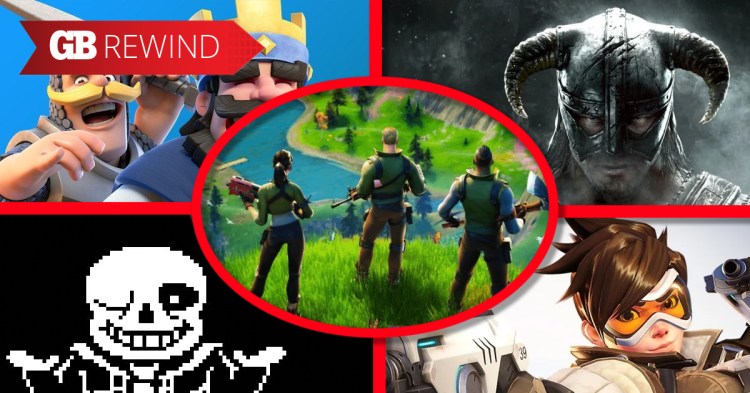2017: A sea change
Fortnite and PlayerUnknown’s Battlegrounds

Above: “You can’t handle corporate synergy of this magnitude.”
You probably guessed this one. Battle royale is everywhere in 2019. It’s in Tetris, Forza Horizon 4, and Civilization VI. But the idea of a last-player-standing deathmatch featuring up to 100 different players came to prominence in 2017 with PlayerUnknown’s Battlegrounds. Brendan “PlayerUnknown” Greene developed the concept of the mode as mods for other games before designing Battlegrounds as a standalone take on the experience.
PUBG was an instant hit in early access in March of that year. It was obvious to everyone, as it set records for concurrent players on Steam, that the battle royale concept had a lot of potential. The appeal is in just how easy it is for anyone to instantly understand. PUBG doesn’t have complicated scoring. The goal is just to outlive everyone else. Whether you are playing or watching someone else on Twitch, you know the stakes. And you know what needs to happen to win.
The appeal was especially obvious to developer Epic Games. That company took the PUBG concept and applied it to its waved-based cooperative multiplayer shooter-builder Fortnite. Once Epic combined last-player-standing mechanics with Fortnite’s colorful, easy-to-parse visuals (and gave it all away for free), it blew up into one of the biggest phenomenons of all-time — let alone the decade.
Fortnite would adopt the premium battle pass to avoid the much-hated loot boxes. This would earn it hundreds of millions of dollars. And that would turn nearly every other live-service developer onto the idea of charging players to participate in a Skinner box.
June 5th: The AI Audit in NYC
Join us next week in NYC to engage with top executive leaders, delving into strategies for auditing AI models to ensure fairness, optimal performance, and ethical compliance across diverse organizations. Secure your attendance for this exclusive invite-only event.
Two years later, battle royale is still one of the biggest buzzwords in gaming, and both PUBG and Fortnite get the credit for that.
Star Wars: Battlefront II
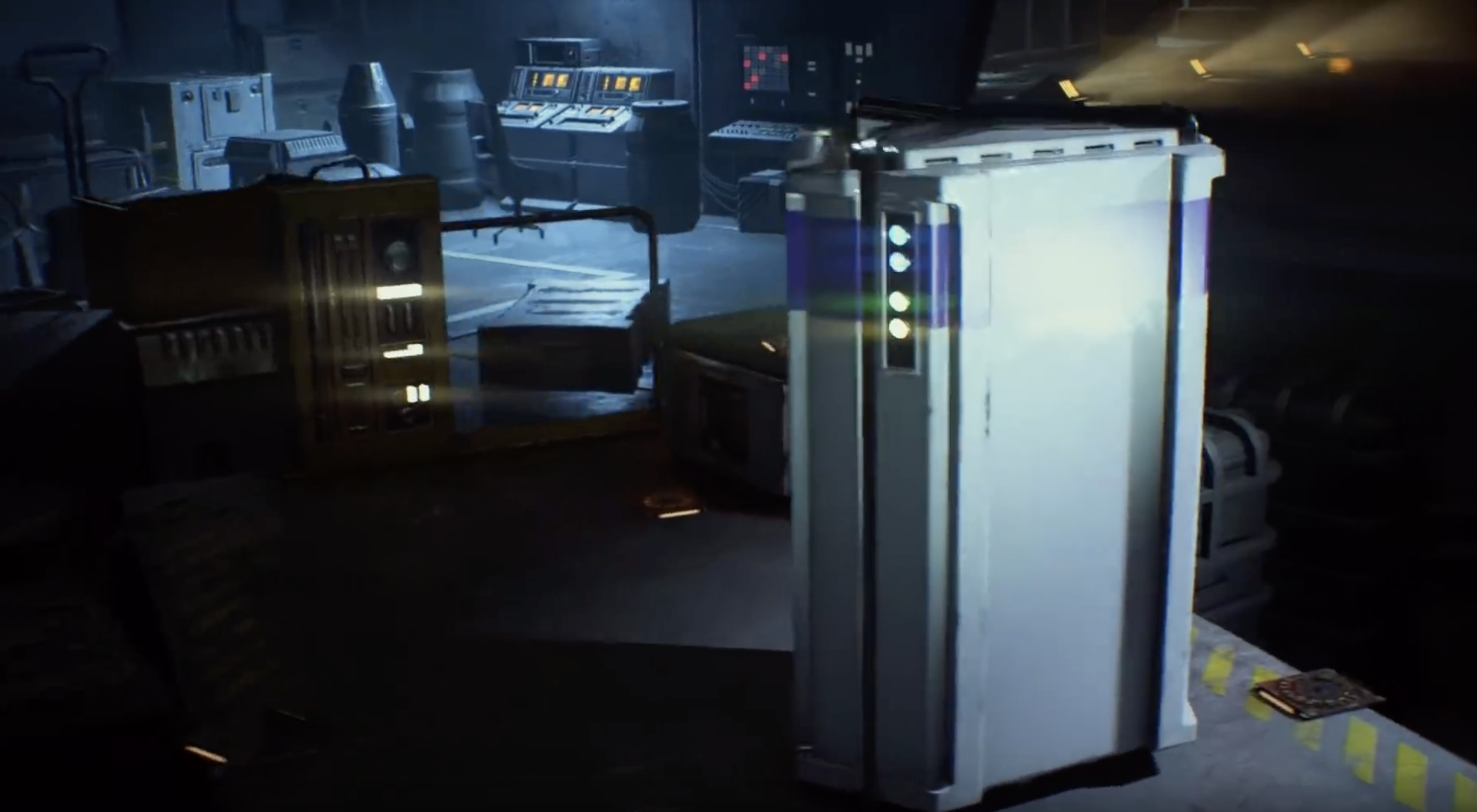
Above: Star Wars: Battlefront II — the game that turned the tide against loot boxes.
You know what they say: the gaming monetization strategy that burns twice as bright burns half as long. I’m of course referring to loot boxes, and only one game is worthy of telling the history of business model in the 2010s. Star Wars: Battlefront II’s launch was a debacle, and that all came down to the raging hatred that fans have for the loot box.
Here’s the thing about video games: They are expensive risks, and publishers want to get the biggest possible return on their investment. Earning some profit is often seen as a failure because of lost opportunity costs. So let’s think like a publishing executive for a minute. You can sell a game for $60, but that’s just the beginning of the story. Some players are going to wait for a sale. Others are going to buy it used, rent it, or even pirate it. And the result is that the average revenue per player (ARPU) on a game product is nowhere near $60.
So how do you increase ARPU? And keep in mind that there’s no such thing as the concept of “enough” under capitalism. Investors expect endless growth.
Well, gaming is a medium that generates a lot of emotional connections with fans. A certain percentage of those players are people who would spend more money on their favorite game if they could. In the past, that has taken the form of downloadable expansions and a rainbow array of microtransactions.
But why not make these extra purchases a “fun” part of the gaming experience? Like, say, a “surprise mechanic.” And that’s what loot boxes are. They are a way to string players along with the promise of getting some digital items and maybe, if you’re lucky, you’ll get the rare thing you’ve been coveting.
Loot boxes give the most dedicated fans a way to spend extra money, but it also gets them into a loop or habit of spending. You’re not really spending your money on an item, which can often feel anticlimactic. Instead, you’re putting your cash toward the chase.
If that sounds exploitative to you, that’s because it is — just like anything that is trying to get you to spend money.
But many people believe that loot boxes cross a line, and the backlash against the concept reached its zenith in the leadup to the release of Star Wars: Battlefront II. That game magnified the issue by attaching loot boxes to pay-to-win items that would improve your character’s abilities.
Gaming fans were so heated about Battlefront II, that the noise began to attract the attention of regulators around the world. And then Disney called up EA and told the publisher to get the spotlight off of the game. Developer DICE pulled the plug on all microtransactions in Battlefront II just days before its release.
And since Battlefront II, loot boxes have gone out of style. They are still in lots of games — especially on mobile. But most major publishers are moving on to premium progression passes instead, and no one is trying to move pay-to-win into new genres.
Hellblade: Senua’s Sacrifice
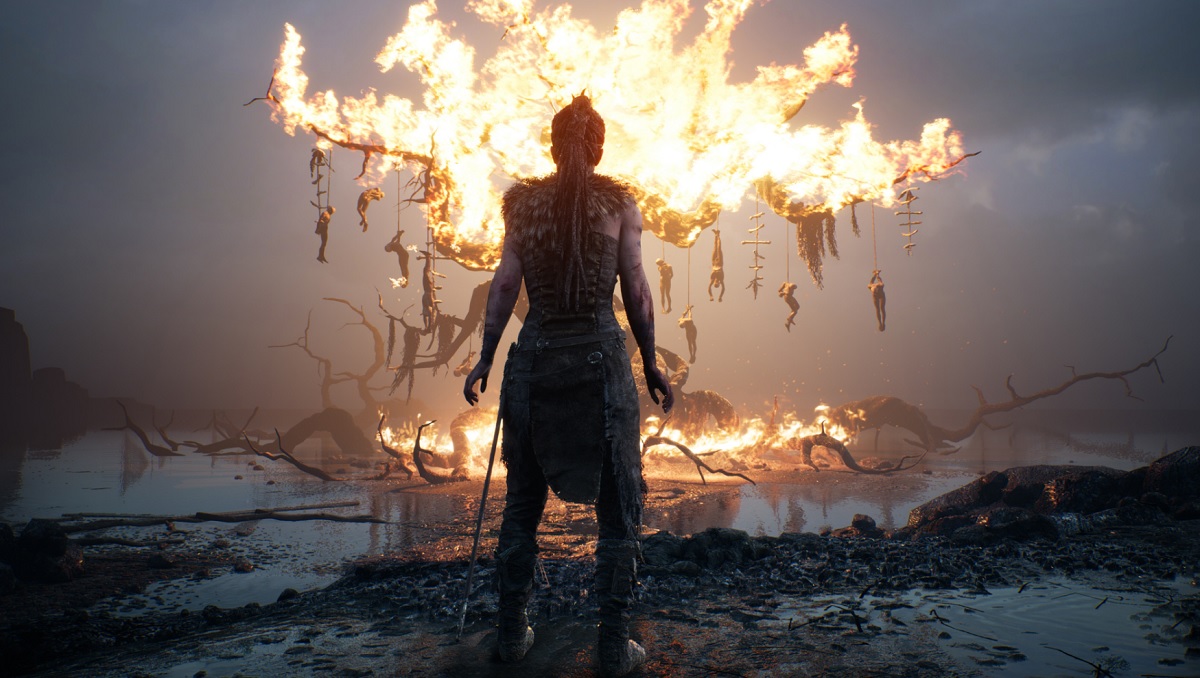
Above: Real or madness? It’s all too real for Senua in Hellblade.
Ninja Theory created a triple-A game about a troubled Pictish warrior who traveled to the Norse underworld to save her beloved. The game paid far more than lip service to the topic of madness, as it fully explored Senua’s character and her challenges with psychosis, which included hearing voices, imagining phantasms, and seeing the world in a different way. It’s a triple-A experience that did not stigmatize the mentally ill, treating their version of reality as having real elements. Ninja Theory received hundreds of messages about how Hellblade helped those with mental illness understand themselves, changed how others perceived them, and helped them perceive the world in a new way. — Dean Takahashi
The Legend of Zelda: Breath of the Wild
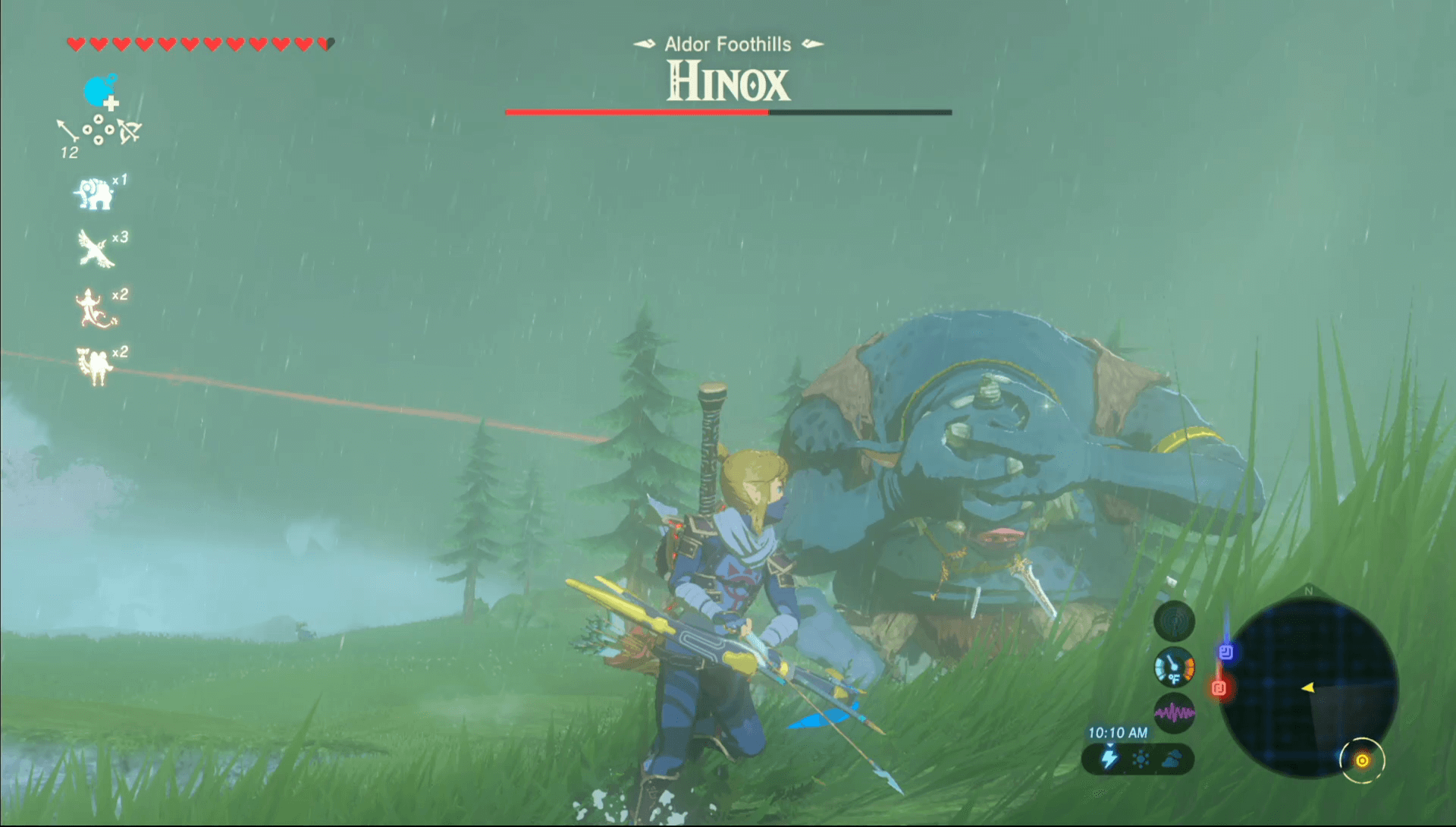
Above: Breath of the Wild put Zelda into something new — and we loved it.
Breath of the Wild is an astonishing game. It showed that Nintendo was capable of reinventing even one of its most revered franchises. But this Zelda’s place in the decade comes in showing other developers how to focus on systems. It has a deep “chemistry” system that is a counterpart to its physics engine. This enables things like fire, temperature, wind, and water to have an effect on everything else in the world. And the game opens up players to explore and exploit that system. While it’s similar to similar systems-based games, Breath of the Wild did it with such polish and mass appeal, that it seems inevitable that other studios will try to imitate it.
2018: Triple-A’s big year
Red Dead Redemption 2 and God of War
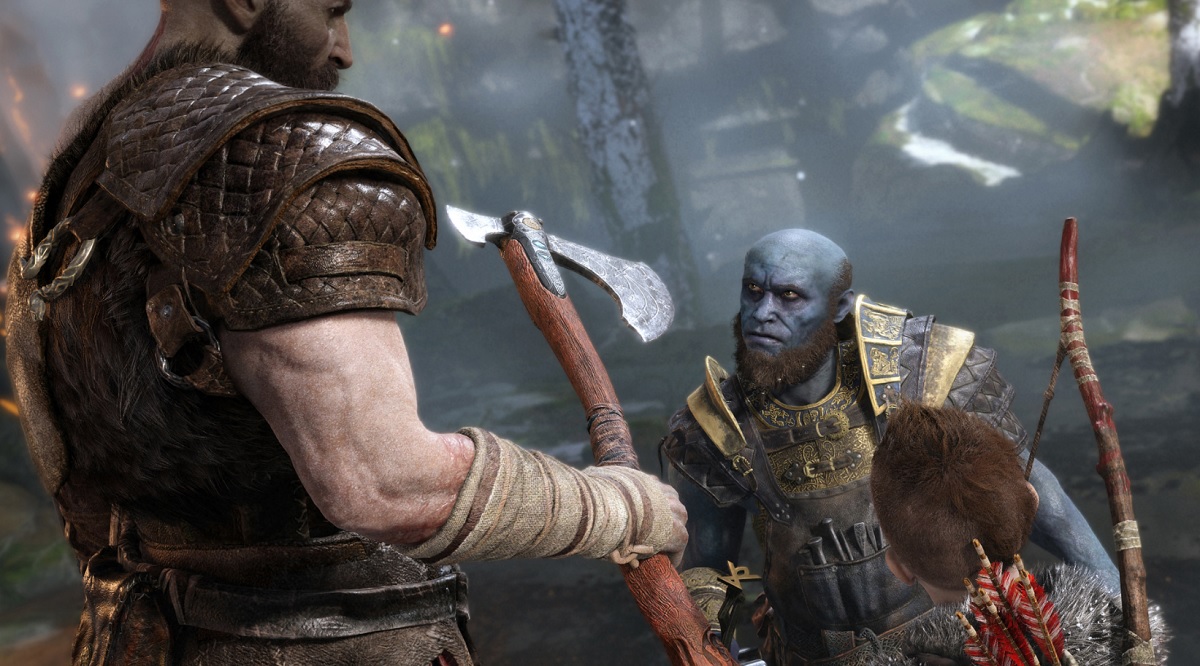
Above: The blue dwarf provides comic relief in God of War.
Red Dead Redemption 2 had more than 2,000 developers working across a span of seven years, and more than 3,700 people are in its credits. By contrast, Sony’s Santa Monica studio made the God of War remake with 300 people over five years. And in many Game of the Year contests, God of War won. The father-son story of God of War was painful, touching, and moving, whereas Rockstar’s epic Western went on for 105 missions and 100 hours of gameplay with a huge cast of characters. Sony’s tightly focused approach beat out the bloat of Rockstar.
Both games suffered from open world bloat, one of the requirements that executives added to development tasks to justify charging $60 upfront for a triple-A game. But these weren’t open worlds with a touch of narrative. They were far deeper than that, as they had beginnings and endings and plot elements that resonate across so many hours of gameplay.
One lesson of both games is that doubling down on narrative pays off. Gamers grew up, and they embraced deep stories, strong characters, and intertwined gameplay that, when viewed altogether, could be viewed as Oscar-worthy works of art. Every scene of these games could be as impactful as movies, TV shows, and books. It’s a tradition that games reinforced over and over throughout the decade, with games such as Uncharted 2, Telltale’s The Walking Dead, and The Last of Us. In the latter, every melee fight was a life-or-death struggle, and story and character were woven into gameplay. If you fill a room with a bunch of outstanding writers, great things happen. As games grew in this direction, developers could truly say, “F*** the Oscars.” — Dean Takahashi
Astro Bot: Rescue Mission

Above: Astro Bot: Rescue Mission evolved from Sony’s Playroom VR demo, Robot Rescue.
VR was the emerging technology of the decade, and we all kept waiting for that VR killer app from gaming. Astro Bot Rescue Mission is the closest we got, a clever and joyous 3D platformer exclusive to PlayStation 4 and PSVR. Sadly, its quality wasn’t enough to turn VR into a mainstream juggernaut, making us wonder if VR will ever have a true killer app.
2019: A new frontier
The Outer Worlds and Game Pass
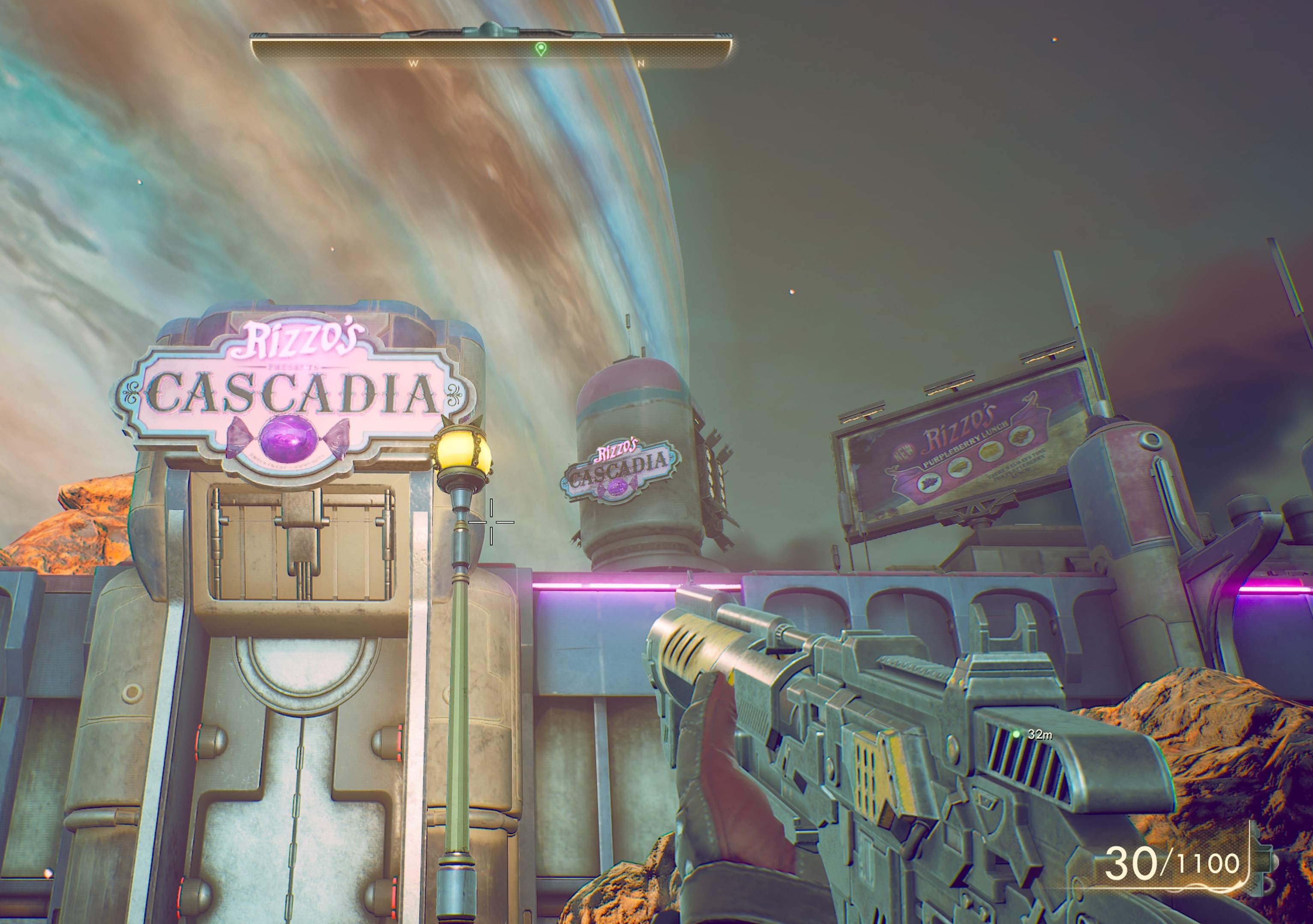
Above: The Outer Worlds can be gorgeous.
If we go all the way back to the beginning of our timeline through the 2010s, we know that time isn’t fond of hard delineations. So we can assume that the trends of 2019 are likely going to carry over and define the 2020s. And I think The Outer Worlds is going to do just that. Probably not the game itself. It’s a pleasant spiritual successor to the Fallout series. Instead, The Outer Worlds is important in what it represents for the future of how publishers make and sell games.
The Outer Worlds is important because it is available as part of Microsoft’s Xbox Game Pass service. This Netflix-like gaming platform gives players a library of major games for just $10 per month. And to encourage people to sign up, Microsoft puts all of its first-party releases on the service the first day they go on sale.
And Microsoft owns The Outer Worlds developer Obsidian Entertainment. So The Outer Worlds showed up on Game Pass. Instantly, the millions of Game Pass members on PC and Xbox could download and play the game as much as they want at no additional charge.
This isn’t just some alternative business model. It is the focus of Microsoft’s entire strategy as it heads into the next generation of consoles. And it’s going to change everything.Buying games may quickly go out of fashion. But more important, this may change the motivation behind what games get made.
Microsoft has already acquired a number of studios to produce content for the service. But what will those games look like? It’s hard to predict. The answer is anything that will get people to subscribe and stay subscribed to Game Pass. Right now, we know that is something like The Outer Worlds — a midsized, well-produced open-world adventure that got a lot of positive buzz. But it’s probably going to end up looking like a lot of different games. The subscription model doesn’t just reduce the risk for Microsoft. Consumers can now also try a wider variety of experiences without having to drop $20, $40, or $60.
Look at that in terms of Obsidian’s history, though. This is a studio that gave up working on triple-A games because no publisher wanted to take the risk. Now, Game Pass is providing a way for the studio to make something on the scale of The Outer Worlds every couple of years. But then the studio is even working on a survival game where players are the size of an ant called Grounded. That’s something completely different for the studio because, again, who knows what’s going to move the needle on Game Pass.
My hunch is that when we look back, The Outer Worlds will serve as the ideal example of an early Game Pass hit. But by 2030, that’s going to seem pretty quaint.
Auto Chess
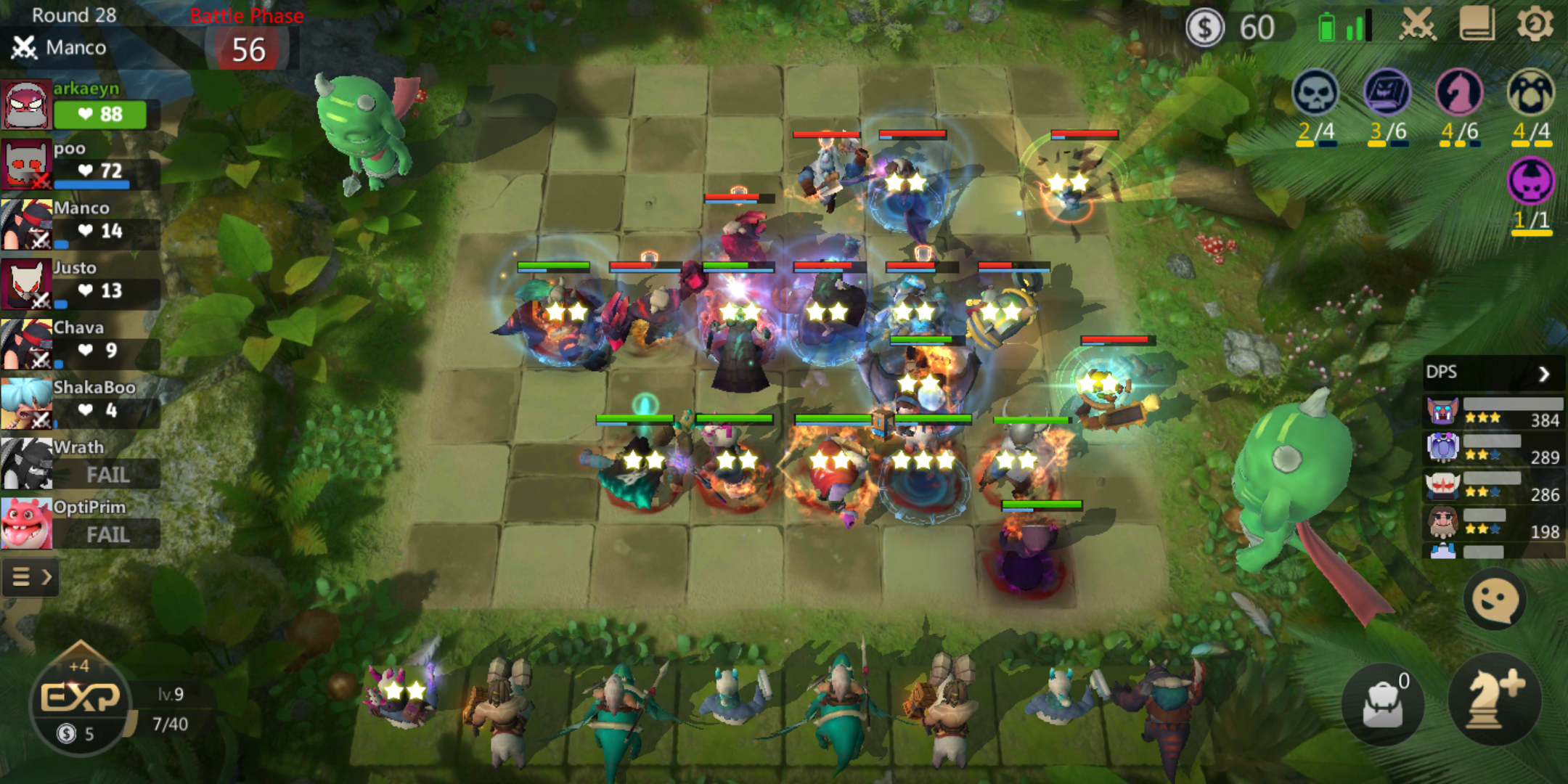
Above: The chaos of a full fight in Auto Chess’ mobile version.
It’s always fascinating to observe the start of a new genre. Out of nowhere, at the start of 2019, a studio called Drodo released “Auto Chess” for Dota 2, a fascinating mix of deck-building, tactics, tower defense, and simple economic gambling. The format was eminently adaptable: Valve made their own, Dota Underlords; Riot, Teamfight Tactics; and Blizzard eventually followed with a Hearthstone variation called Battlegrounds. The format is eminently adaptable to just about any setting with a variety of characters, and the game type is messy enough to allow for lots of different tweaks.
Perhaps it’s a fad, but it seems likely that Auto Chess forms will be around gaming for a while. …
